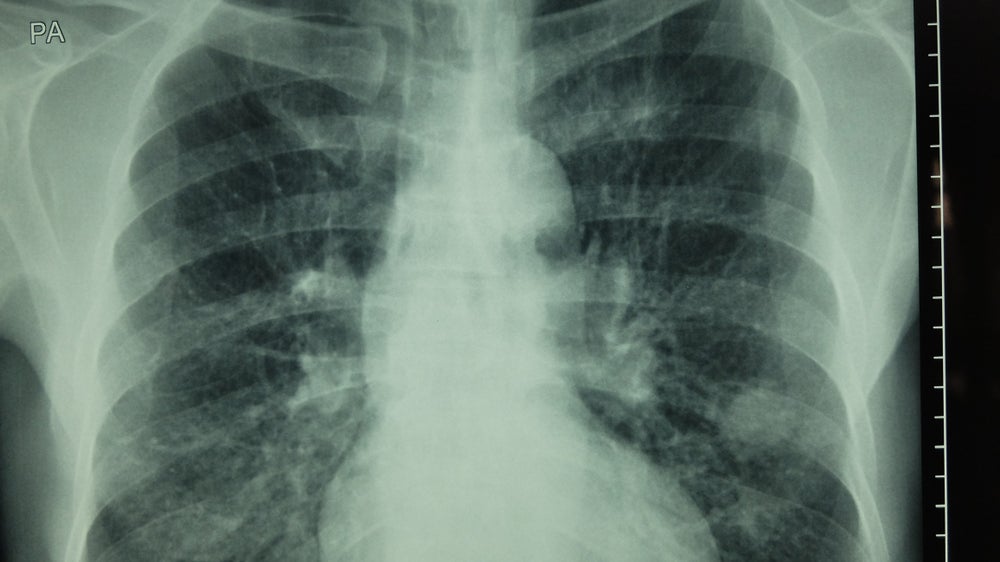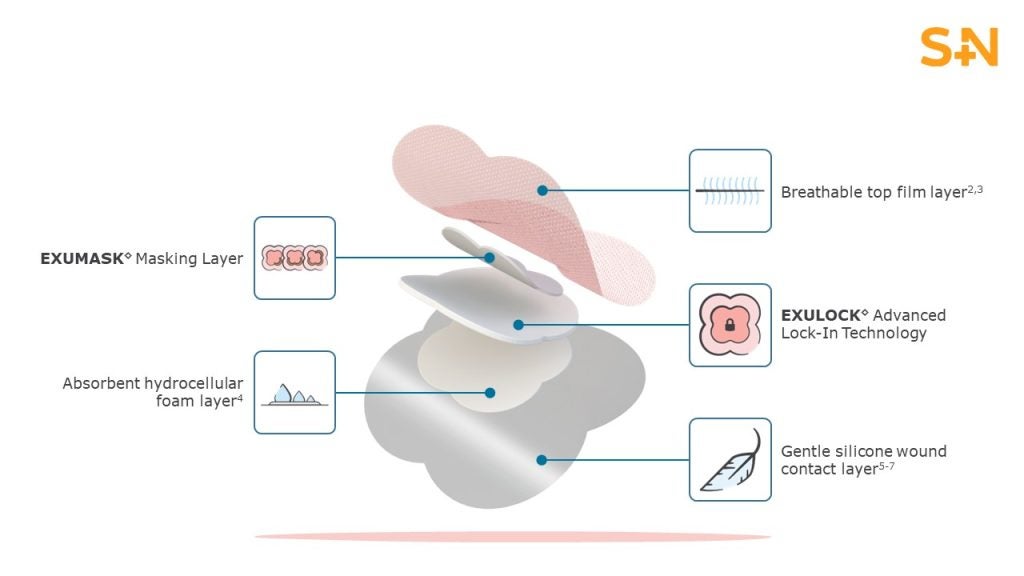After a long wait, it was at the beginning of August that the final guidance on lay summaries of clinical trial results was released as part of the EudraLex Volume 10 update (see references). Everybody in the new field of lay summaries had eagerly awaited the arrival of the final guidance as it was expected to remove a lot of insecurity on the interpretation of the EU clinical trial regulation.
The EU clinical trial regulation 536/2014 was the first regulation worldwide that mandates a “summary of study results that is understandable to laypersons” for all clinical trials conducted in the European Union. This was a big step towards transparency and greater patient friendliness. For the first time a document summarizing the results of a clinical study needs to be developed explicitly for a lay audience. However, the EU regulation contains only a scant outline of the content requirements of lay summaries. All that was provided in the regulation was a 10-bullet point list. It was soon felt that this innovative idea of a study results summary for the general public needs a lot more guidance.
A task force headed by the Health Research Authority (HRA) was assembled and asked to develop more substantial guidance for the writing of lay summaries. After much iteration, a draft version of the guidance was released for public consultation in June 2016 with a closing date of August 2016. Based on the many comments, a final version was derived and presented to CHMP (Committee for Medicinal Products for Human Use) in November 2016. The document that was again slightly changed is now publically available.
Despite the time it took, the final guidance, now called “recommendations of the expert group,” is a very useful document. The many members of the task force and the many contributors have shaped a document that provides a good basis for the writing of lay summaries.
Final clarifications
Lay Summaries must not be promotional
Even more so than in the draft versions, the guidance emphasizes that lay summaries need to be non-promotional. The requirement for non-promotional language and non-promotional presentation is mentioned seven times (!) in the document. In addition, an annex (Annex 2) provides examples for non-promotional language use. The reason for this emphasis is obvious. If lay summaries are to become just another piece of drug advertisement, their honorable intention and noble purpose would be lost. At the same time, the emphasis on avoiding any promotional content demonstrates how difficult it is to keep these documents factual and objective.
Primary Endpoint results only
In contrast to the draft that had been submitted for public consultation, the final “recommendations” limit the description of efficacy results to the primary endpoint. This is a very important clarification that can easily be justified. Studies are powered to produce results that allow confirmatory statements about the primary endpoint. The primary endpoint needs to be fixed in the statistical analysis plan before the study is unblinded and the data become available. Thus, the primary endpoint is the most appropriate measure for a study. It was a wise decision not to allow the inclusion of secondary endpoints because all studies have several secondary endpoints. Permitting description of secondary endpoint results would have invited “cherry picking,” i.e. that only those secondary endpoints with positive results are described.
How well do you really know your competitors?
Access the most comprehensive Company Profiles on the market, powered by GlobalData. Save hours of research. Gain competitive edge.

Thank you!
Your download email will arrive shortly
Not ready to buy yet? Download a free sample
We are confident about the unique quality of our Company Profiles. However, we want you to make the most beneficial decision for your business, so we offer a free sample that you can download by submitting the below form
By GlobalDataAdverse Reactions need to be described
The final recommendations specify that adverse reactions need to be described in the lay summaries. Adverse reactions are events that are considered related to the study drug by the study physician. This intentional choice creates inconsistencies with the data that is made available in the scientific summary posted either on clinicaltrials.gov or on EudraCT or on the EU-portal once it is up and running. The scientific summaries provide details on adverse events. These are all medical events that occurred in a trial irrespective of their relationship with the study drug.
The numbers in the different formats will therefore not match and this inconsistency is likely to confuse patients and the general public. Furthermore, the term adverse reaction has a very specific meaning in pharmacovigilance. In the drug safety world, adverse reactions are medical events that have been identified as being related to a study drug based on an entire clinical development program with many studies and careful consideration of the mode of action and of the safety profile of similar drugs. These adverse reactions on the program level are then also described in the package insert and the summary of product characteristics (SPC). Due to this disconnect, the numerical information given in the lay summary and in the other patient-facing documents will be different.
Lay Summaries are to be translated
Sad but true, once Brexit is completed, English will become a minority language in the EU. In anticipation, the expert group requests that lay summaries be provided in all EU languages for which an informed consent form was available, i.e. for all countries in which the trial was conducted. Clearly, for all non-English readers, only a lay summary in their native language will be of value. Only with a version in their native tongue, will most Europeans enjoy the benefits of lay summaries. It is required that the translations maintain the non-promotional nature of the document and that the translations “also take into account the cultural validity of the medical or technical terminology used.” In acknowledgement of the fact that even after Brexit, English will remain the lingua franca in science and medicine, the expert group suggests that for trials that did not involve Ireland or Malta, an English version be provided.
Peace at Last?
The “final recommendations of the expert group” are a big achievement and this guidance will make the writing of lay summaries easier. The elaboration of the 10-bullet list into a guidance document has essentially saved the spirit of this innovative document. However, some issues remain: the question of how sophisticated content like the results of clinical studies is appropriately transferred into a language for people with low reading proficiency will need to be answered. Also, how a considerable amount of numerical data (primary endpoint, data on side effects) is made available for readers with limited numeracy skills will remain a challenge. In summary, the recommendations are not a solution for everything but they are a very good first step. Let’s focus on the light and not on the darkness surrounding it.
Thomas M Schindler, PhD
Head of Medical Writing Europe
Jessica Rieger
Lay Summary Manager
Boehringer Ingelheim Pharma
*This text represents the views of the authors and not necessarily those of Boehringer Ingelheim Pharma
References:
Summaries of Clinical Trial Results for Laypersons; Recommendations of the expert group on clinical trials for the implementation of Regulation (EU) No 536/2014 on clinical trials on medicinal products for human use; https://ec.europa.eu/health/sites/health/files/files/eudralex/vol-10/2017_01_26_summaries_of_ct_results_for_laypersons.pdf
Thomas M Schindler: The joys of the impossible – the writing of lay summaries of clinical study results, Clinical Trials Arena, 20 December 2016 http://ind-dev-kgi-verdict-network.pantheonsite.io/news/data/the-joys-of-the-impossible-the-writing-of-lay-summaries-of-clinical-study-results-5697962
Sroka-Saidi K,Boggetti B,Schindler TM: Transferring regulation into practice: The challenges of the new layperson summaries of clinical trial results. Medical Writing 2015, Vol 24, 24-27 http://journal.emwa.org/plain-language-and-readability/transferring-regulation-into-practice-the-challenges-of-the-new-layperson-summary-of-clinical-trial-results/
PHOTO CREDIT: Honest Reporting






